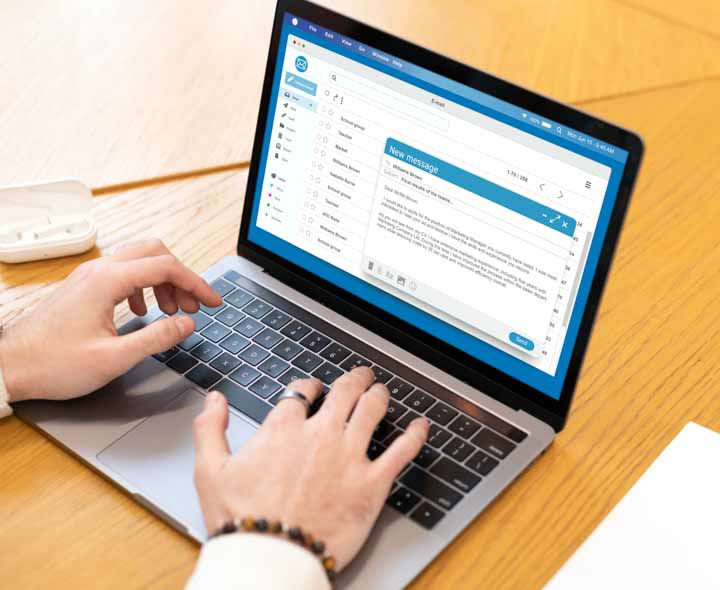The pitch email

During the coffee break of a workshop on networking, two doctoral students are laughing their heads off over an email. “Dear Prof. Kohlenforschung, I would like to pursue a PhD at the Institute of Schüth.” As the workshop continues, I refer to this email: “When you write to someone you don’t know yet, how do you do it so that you get the other side’s attention?” Tim, who spent the rest of the coffee break showing around the email, points to his phone: “Certainly not like that!”
Every email begins with the subject line, the most important and visible part. Many people think that one should state the reason for the contact at this point. The ‚why ‘is indeed important, but imagine a subject line like: “Postdoc in your group.” It’s quite possible that you’ll be one of many and will therefore end up in the “Read when I have time” pile for now. If you can make a personal connection, include it in the subject line, something like: “Recommendation from Dr. Gisdakis.” If the recipient knows Dr. Gisdakis, she will read the email straight away.
Consider the brevity of your introduction and the entire email as your work sample: will it be a time-waster to engage with you or a well-prepared, efficient interaction?
In some cases it will be advisable to CC a contact person, in others not. This makes your message a little more personal and creates transparency. However, if you have multiple requests via the same contact person, you should make sure that their inbox does not fill up.
Next, a polite salutation. That sounds obvious. But there are plenty of counterexamples: emails with the wrong or misspelled name of the recipient. The first sentence of your email should finally contain the “why” in one or two short sentences. In the next sentence you mention your preparatory work. Consider the brevity of your introduction and the entire email as your work sample: will it be a time-waster to engage with you or a well-prepared, efficient interaction? Babblers mostly babble in both written and spoken form.
Close the email, which is only about five sentences long, with your specific request. This point also seems trivial, but scientists, in particular, often think that their readers can draw this conclusion themselves.
This article was first published in Nachrichten aus der Chemie (issue 10-2022). See here the German original.